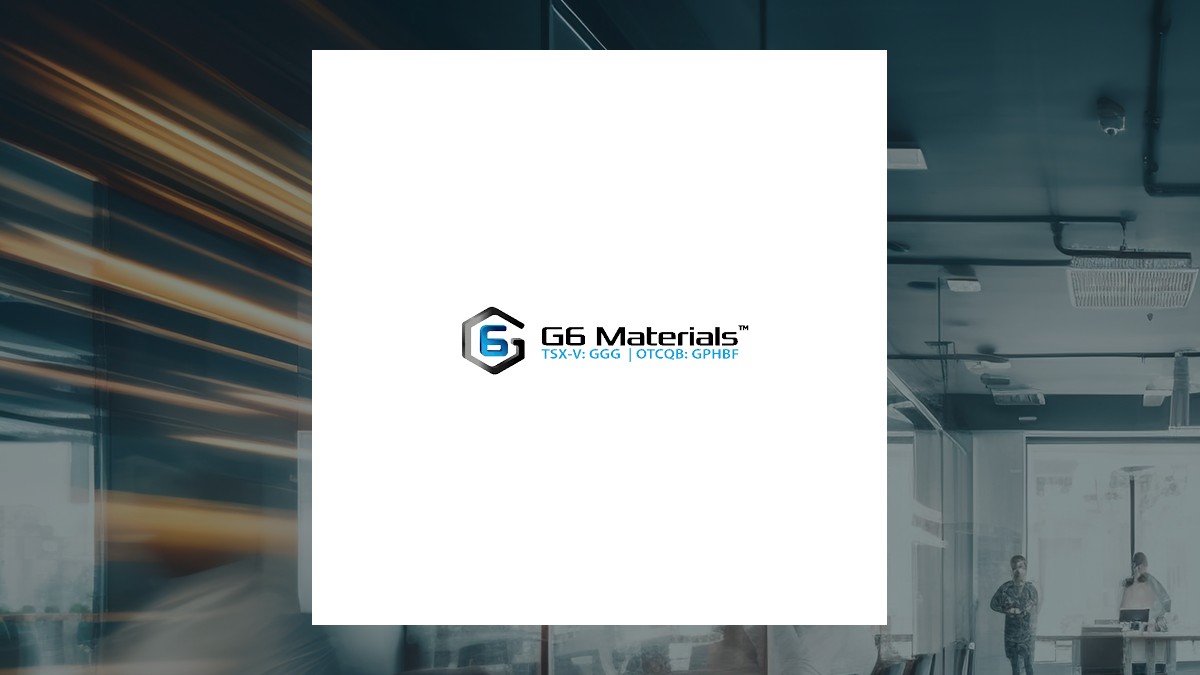Delving into the financial landscape, a critical examination of G6 Materials (GPHBF) reveals intriguing dynamics when benchmarked against its industry peers. This analysis aims to dissect key performance indicators and ownership structures, offering investors a clearer perspective on this technology services company’s standing in a competitive market.
One of the most striking differentiators lies in G6 Materials’ remarkable stock volatility profile. With a beta coefficient of just 0.1, GPHBF demonstrates an extraordinary resilience, indicating its stock price is a staggering 90% less volatile compared to the broader S&P 500 index. This low beta suggests a company less susceptible to general market swings, potentially appealing to investors seeking stability.
Conversely, the aggregate performance of G6 Materials’ direct competitors presents a puzzling contrast. Their collective beta averages out to a highly unusual -13.69, implying their average stock price is an astounding 1,469% less volatile than the S&P 500. This inverse and extreme volatility measurement warrants further investigation, highlighting a significant divergence in market behavior within the technology services sector.
Beyond market fluctuations, ownership structures provide crucial insights into investor confidence. Across the entire “Technology Services” industry, institutional investors hold a substantial 37.3% of shares. This significant institutional ownership often signals that large financial entities, including hedge funds and endowments, perceive strong long-term growth potential within the sector, acting as a bullish indicator for its constituents.
Adding another layer to the ownership narrative, company insiders hold a notable 20.9% of shares in “Technology Services” firms. High insider ownership can frequently be interpreted as a positive sign, indicating that those with intimate knowledge of the company’s operations and future prospects are personally invested in its success, aligning their interests with those of external shareholders.
However, when comparing fundamental financial metrics, G6 Materials faces a challenge from its competitors. While GPHBF shows unique market behavior, its rivals generally exhibit superior revenue generation and higher overall earnings. This disparity suggests that, despite its distinct volatility characteristics, G6 Materials may still be in an earlier stage of financial maturity or scaling compared to its more established counterparts.
Furthermore, an examination of valuation metrics reveals G6 Materials currently trades at a higher price-to-earnings (P/E) ratio than its competitors. This elevated P/E ratio implies that investors are willing to pay a premium for GPHBF shares relative to its earnings, making it comparatively more expensive than other companies operating within the same industry. This could be due to anticipated future growth, unique market positioning, or other speculative factors.
Understanding these multifaceted aspects – from stock volatility and ownership dynamics to revenue performance and market valuation – is paramount for any investor considering G6 Materials. The company presents a compelling case study of market anomaly and investor sentiment within the rapidly evolving technology sector, necessitating a thorough investment analysis before making informed decisions. Investors should carefully weigh the potential for stability against the current financial performance and valuation premiums observed.






Leave a Reply